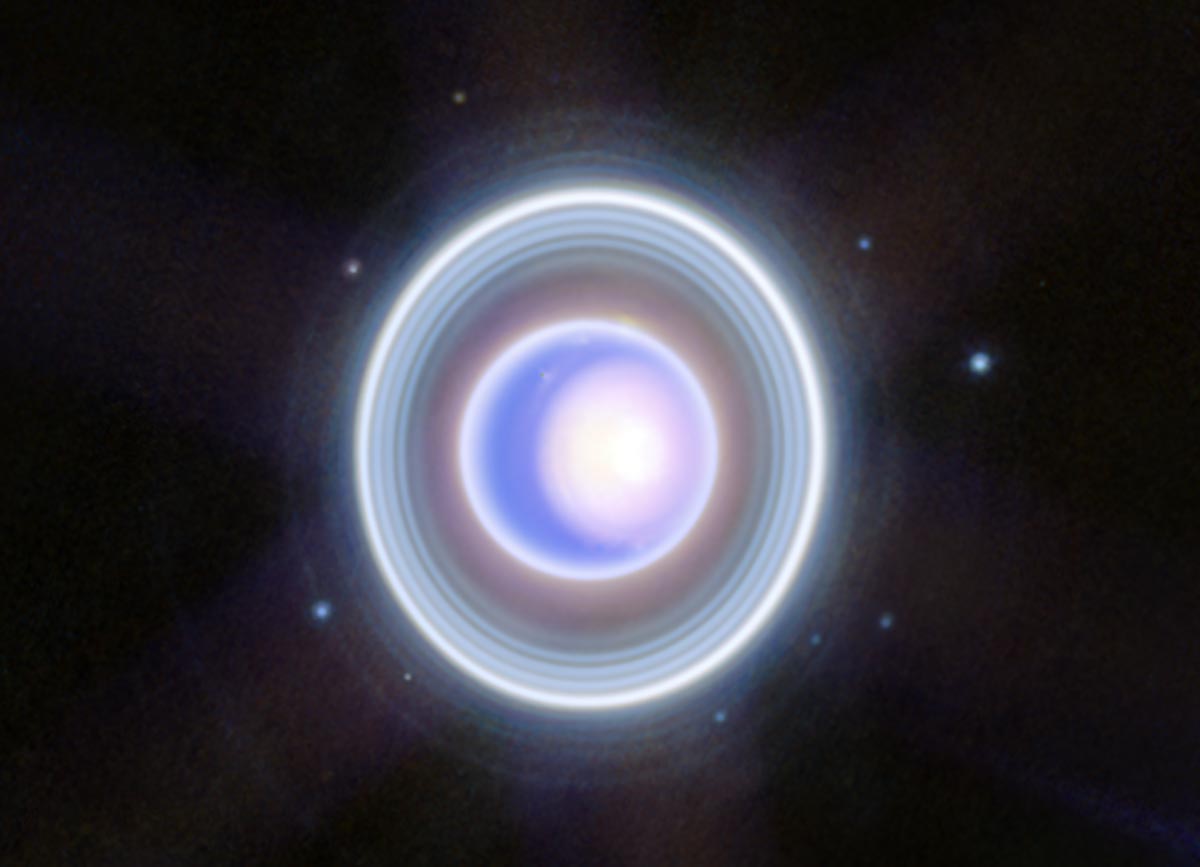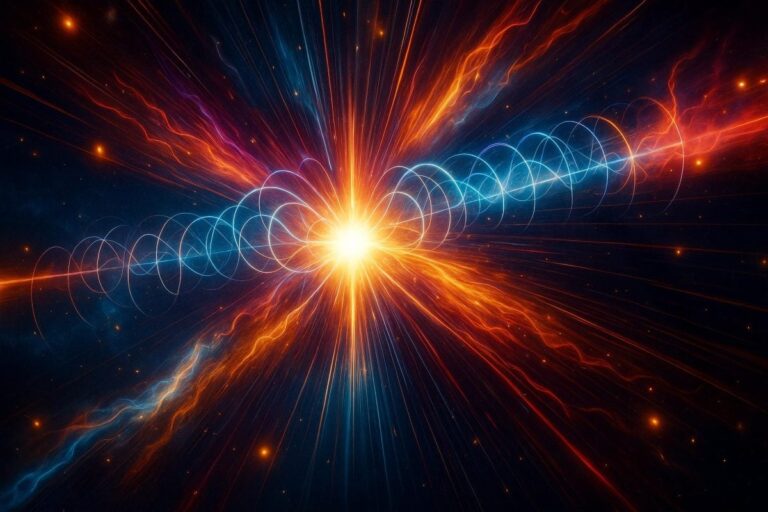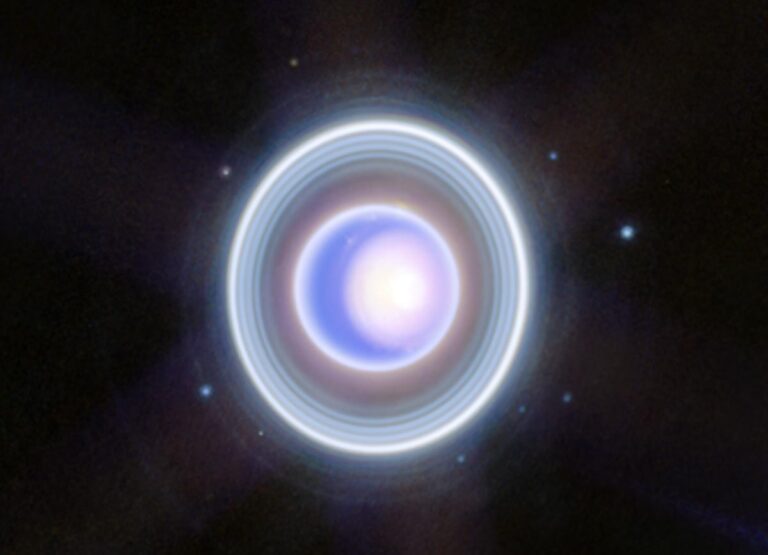In a groundbreaking development that has excited space enthusiasts and planetary scientists alike, NASA has unveiled new insights into the mysterious planet Uranus, a world that has remained largely unexplored for decades. With the help of advanced space telescopes and new data modeling, NASA has managed to peer deep inside this icy gas giant — revealing secrets about its atmosphere, core, and dynamic weather systems that were previously unknown.
Why Uranus Has Remained a Mystery — Until Now
Uranus, the seventh planet from the Sun, has long been considered the most enigmatic of the gas giants. Despite its massive size — four times wider than Earth — and distinct pale blue color, it has received the least attention from planetary missions.
The only spacecraft to have visited Uranus up close was Voyager 2 in 1986, which provided stunning flyby images but left many questions unanswered. Since then, scientists have relied mostly on telescopes and remote sensing to understand the planet’s secrets.
But now, thanks to new data from NASA’s James Webb Space Telescope (JWST), Hubble Space Telescope, and ground-based observatories, researchers are beginning to unravel what lies beneath the calm-looking clouds of this strange world.
What NASA Found Inside Uranus
1. A Mysterious, Slushy Core
One of the biggest revelations is about Uranus’s internal structure. Unlike Jupiter or Saturn, Uranus doesn’t have a dense metallic core. Instead, the planet is believed to house a slushy, icy interior made of water, ammonia, and methane. NASA’s updated thermal models suggest this inner layer may not be solid at all, but a warm, pressurized ocean-like mix surrounding a small rocky core.
This “icy mantle” creates a highly conductive environment, which could be responsible for Uranus’s bizarre magnetic field, which is tilted and off-centered compared to the planet’s rotation axis.
2. Extreme Seasonal Storms Brewing
Despite its calm exterior, new atmospheric readings show violent weather systems inside Uranus. JWST has captured evidence of giant storms forming in the upper atmosphere, driven by extreme seasonal changes. Because Uranus rotates on its side, it experiences 42 years of sunlight and 42 years of darkness, leading to long, extreme seasonal shifts.
NASA detected methane ice clouds and fast-moving winds near the equator and poles. These insights help explain strange past observations of brightness changes and unexpected heat signatures.
3. An Unexpected Heat Leak
Uranus is famously cold — in fact, it’s the coldest planet in the solar system, with average temperatures around -224°C (-371°F). But NASA’s new infrared scans have detected heat leaking from the planet’s core, defying old models.
This subtle glow suggests there may be active processes at work deep within the planet, possibly linked to convection or ancient impact events. It also raises new questions about how Uranus formed — and whether it experienced a massive collision in its early years that changed its orientation and internal dynamics.
4. Auroras and Magnetic Oddities
The new data has also shed light on Uranus’s auroras, which are far more complex than previously understood. Unlike Earth’s auroras, which are focused at the poles, Uranus’s magnetic field is lopsided and tilted by 59 degrees. This causes the auroras to appear in unexpected places and patterns, offering clues into the planet’s magnetosphere.
Scientists believe that this unusual magnetosphere could affect radiation belts, atmospheric chemistry, and even how the planet interacts with solar wind.
Why This Discovery Is a Big Deal
These new findings are a game-changer for several reasons:
Unlocking Ice Giant Mysteries: While gas giants like Jupiter have been widely studied, ice giants like Uranus and Neptune remain largely unexplored. Learning about Uranus helps scientists better understand planetary formation across the universe.
Clues About Exoplanets: Many of the exoplanets discovered in other solar systems are similar in size and composition to Uranus. Studying it up close gives researchers a template to interpret alien worlds.
Next Mission Planning: These discoveries are fueling renewed calls for a dedicated Uranus mission, possibly launching in the early 2030s. NASA has proposed a Uranus Orbiter and Probe, which would deeply investigate the planet, its moons, and rings.
What’s Next for Uranus Exploration?
As of now, Uranus remains on NASA’s priority list for future planetary missions. The newly proposed Uranus Orbiter and Probe (UOP) mission could launch in the next decade, giving humanity its first close-up, long-term view of this icy world.
In the meantime, scientists continue to analyze data from JWST, Hubble, and ground-based telescopes to refine models of the planet’s structure and atmosphere.
Conclusion: A Cold Planet, A Hot Topic
With each new finding, Uranus transforms from a quiet mystery into a key piece of the solar system’s puzzle. What was once seen as a distant, cold, and featureless world is now recognized as a dynamic, complex, and evolving planet — and we’re just beginning to understand it.
NASA’s rare look inside Uranus is more than just a scientific achievement — it’s a reminder that the universe still holds countless surprises. And sometimes, the quietest planets have the most to say.

















+ There are no comments
Add yours